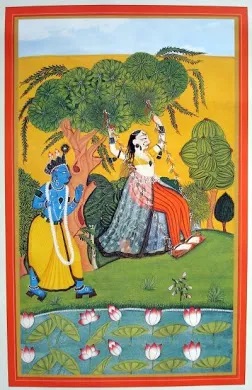The world famous Basohli Paintings from the Union Territory of Jammu and Kashmir has received the Geographical Indication (GI) Tag.

References
E-Waste (Management) Rules came into force from April, 2023.
References
The International Finance Corporation (IFC) to stop support investments in new coal-powered electricity projects.
India sources about three-fourths of its electricity from coal.
The IFC has reportedly lent close to $5 billion to almost 88 financial institutions in India.
References
Union Budget 2023-24 has announced the setting up of the Urban Infrastructure Development Fund (UIDF)
Rural Infrastructure Development Fund
References
SEBI has approved a framework for Application Supported by Blocked Amount (ASBA)-like facility for trading in the secondary market.
References